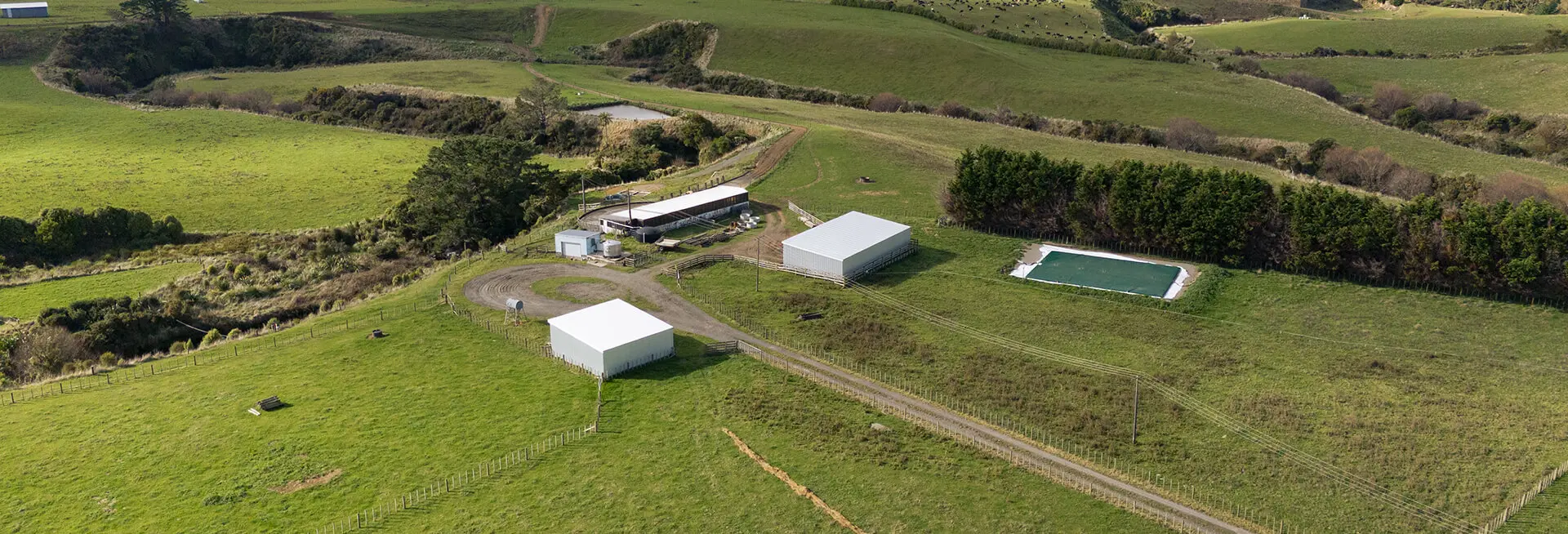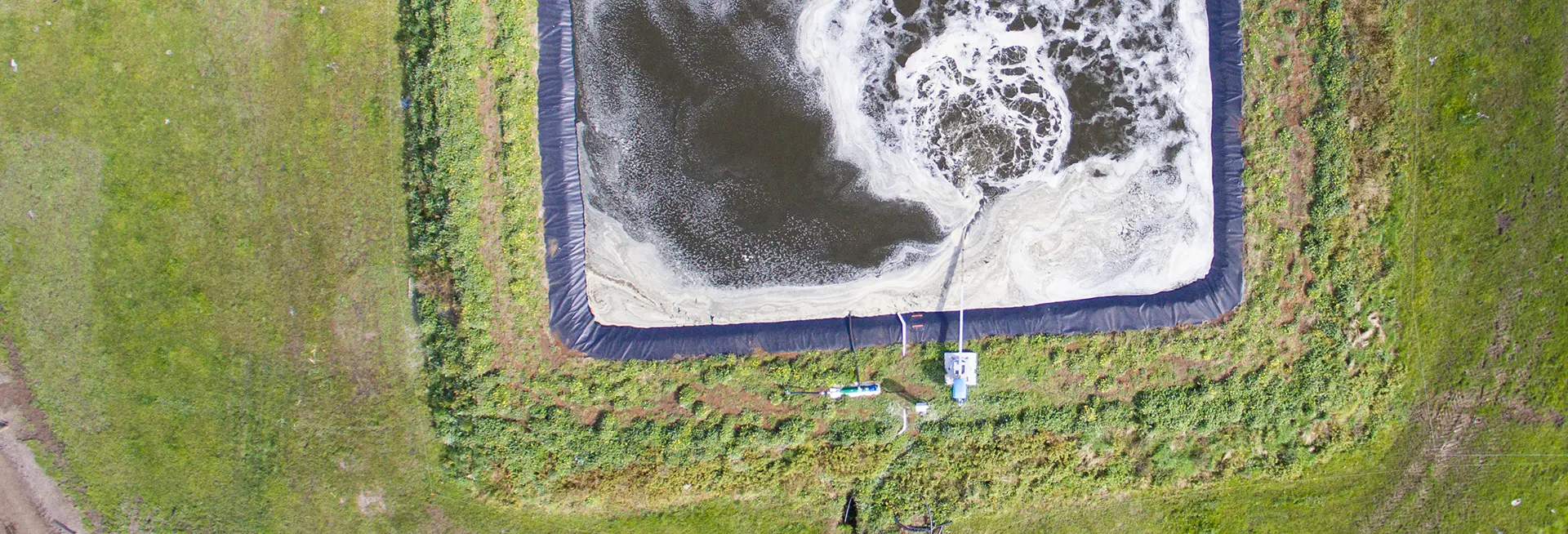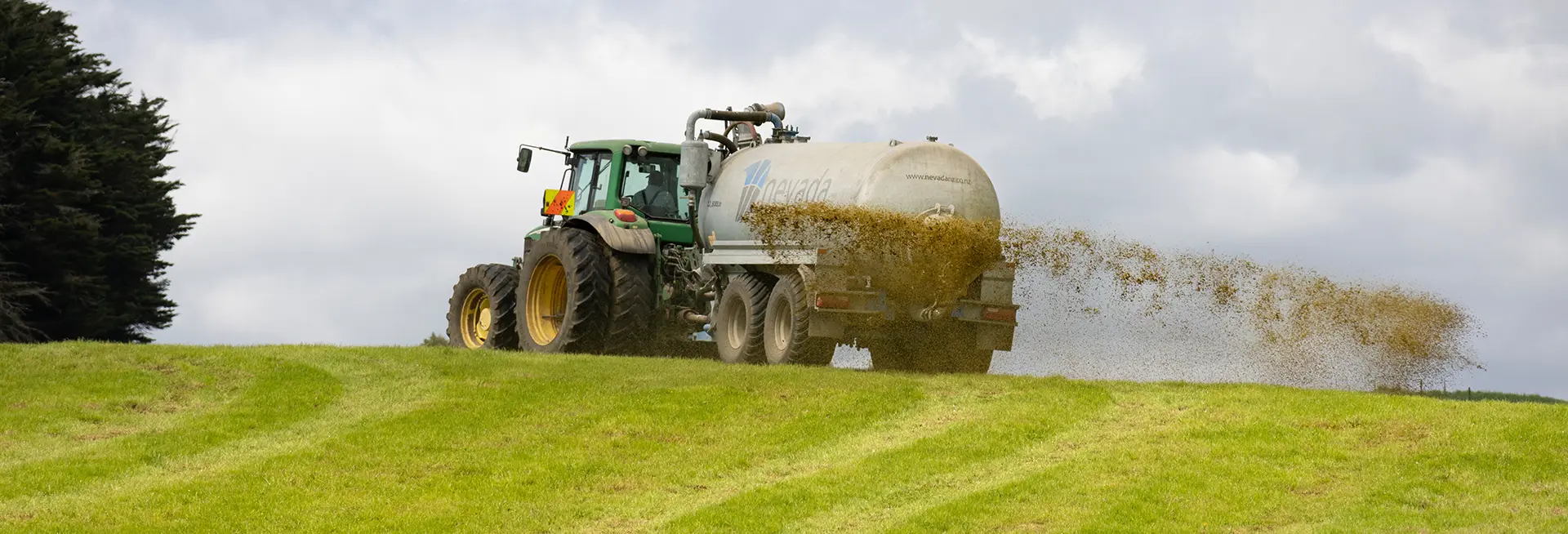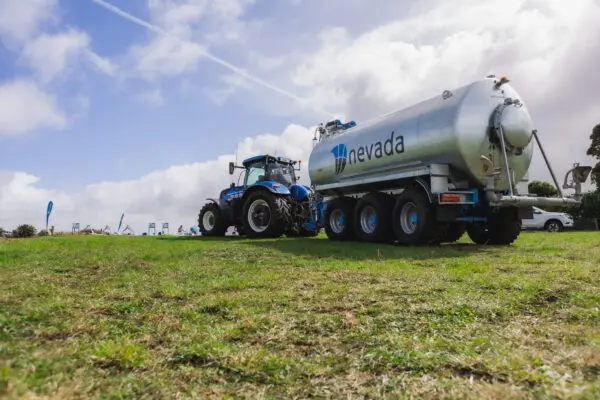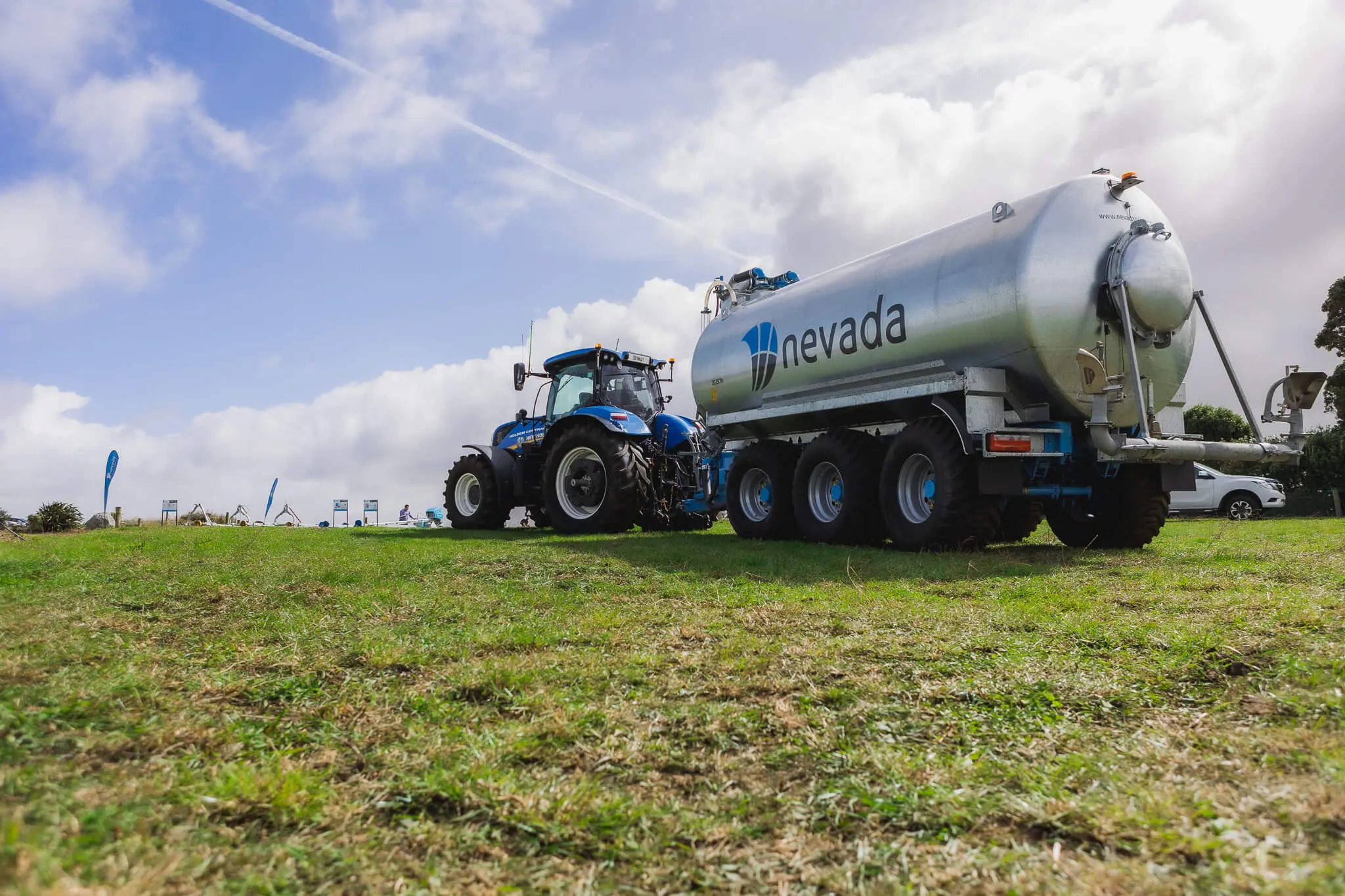Getting a new effluent pond or storage solution is one of those things you want to get right the first time.
Although effluent ponds, tanks and bladders for storage look simple enough, working out the size you’ll need for your farm is more of a hike than a walk in the park. Here’s what you need to know…
1. Don’t make it the bare minimum size
Cost is often a determining factor when looking at the effluent storage size you want to put in, so a lot of farmers start off looking at getting the smallest size to get the job done. However this might not be the best angle to take:
- If your effluent pond, storage tank, or bladder is too small it means you’ll need to be irrigating too frequently. This may not be good for the soil, and drainage could become an issue. It also makes it harder to take time off for holidays without having someone there to keep up the maintainance.
- Effluent storage needs to allow for changing conditions. There may be times where emptying the pond is not an option, or where added rainfall increases the amount you need to store (especially over wet seasons).
- No room for expansion – if you only have just enough to begin with, there won’t be any room to grow!
So while cost most definitely needs to be considered, you’ll want to make sure you’re getting a size that will suit your needs long-term to avoid larger costs down the track. The costs for something slightly bigger are usually not a lot more.
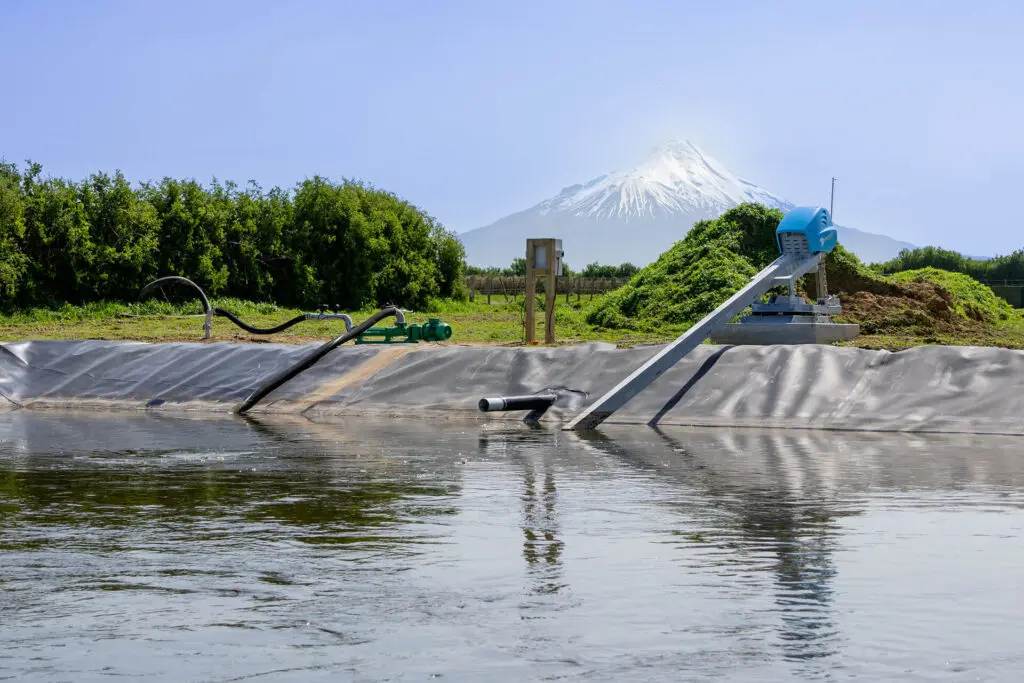
2. Ponds are the most cost effective option
If cost is going to be a major factor in determining which size you can get, as a rule of thumb, the most cost effective effluent storage solution is usually an in ground lined effluent pond. Ideally you would then have this situated so the effluent can flow into the pond by gravity.
Of course an in ground effluent pond is not always possible, or may not be practical, in which case above ground steel storage tanks or bladder tanks may be an option.
3. It takes more than cow numbers to determine size.
While cow numbers are an important part of working out how much effluent storage you’ll need, they are not the only factor that needs to be considered. Other important influences inlude:
- Soil type
- Rainfall
- Catchment area (yard/feedpad)
- Irrigation method
Online calulators can help provide a general guide for effluent storage requirements, however when making an important investment decision for the operations of your farm, it’s a good idea to engage with effluent design accredited specialists who can provide recommendations specific to your farm.
Nevada offer a FREE meeting, which can be done over the phone or in person, where we talk to you about your farming operation, analyse all the bits & bobs, and provide you with a comprehensive report with recommendations on how you can achieve your effluent management goals. Contact us to arrange your free farm analysis
